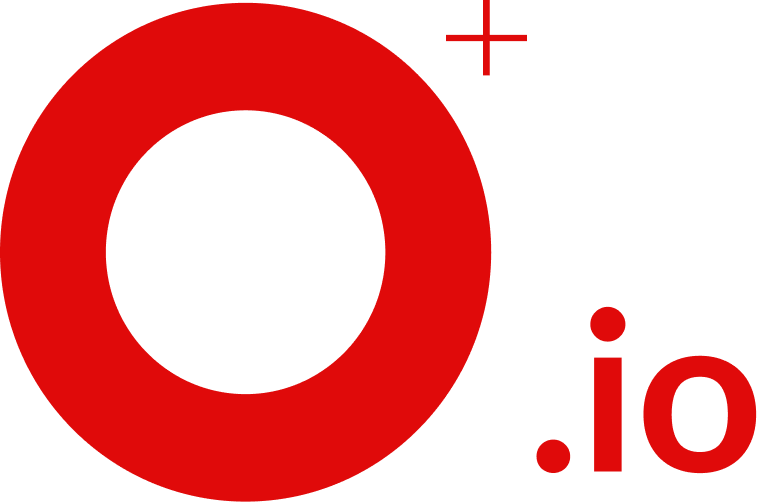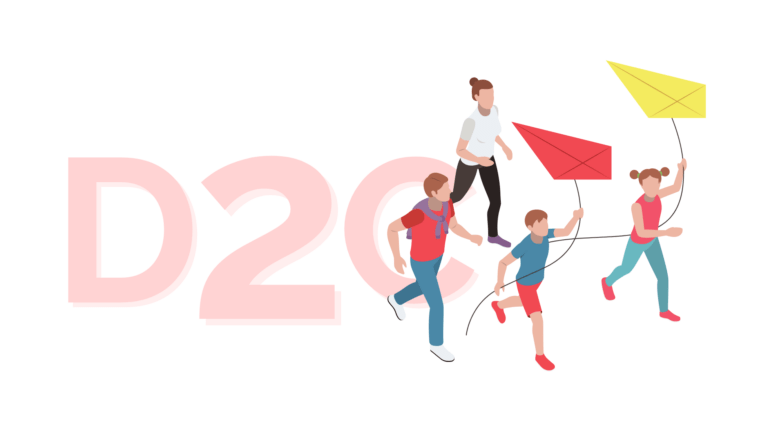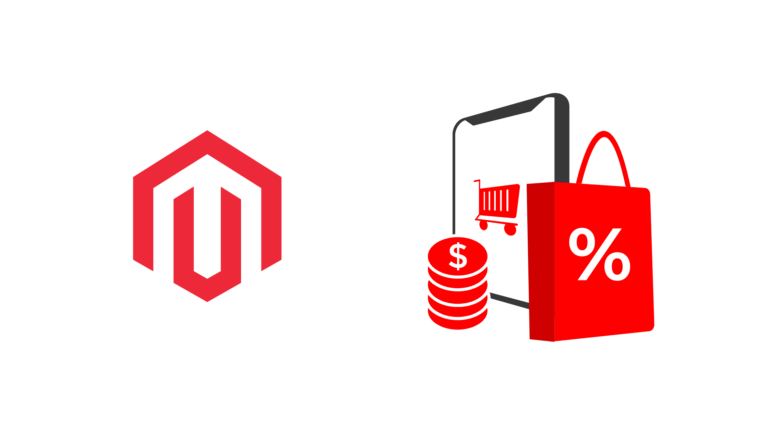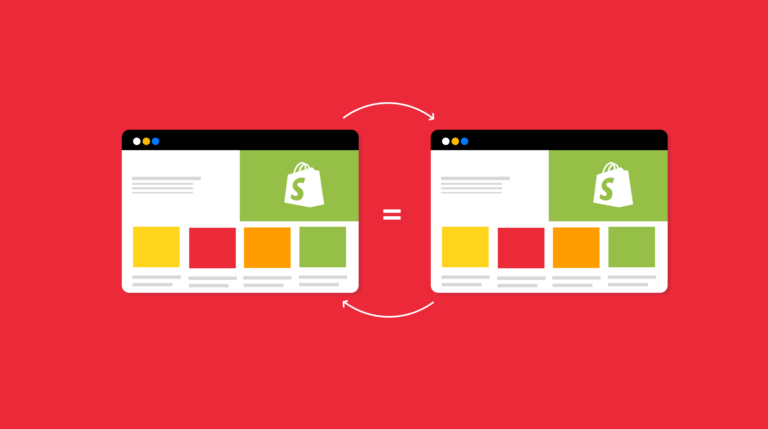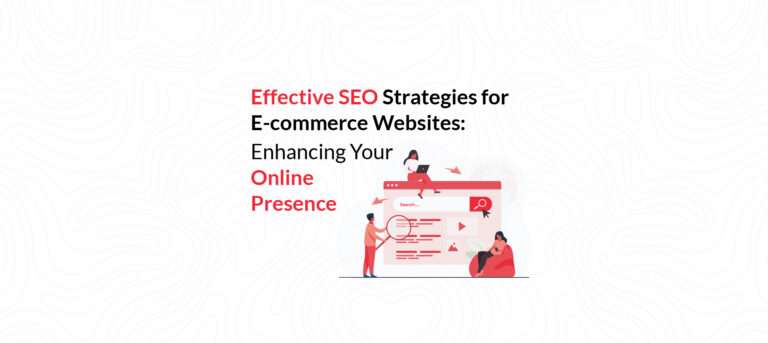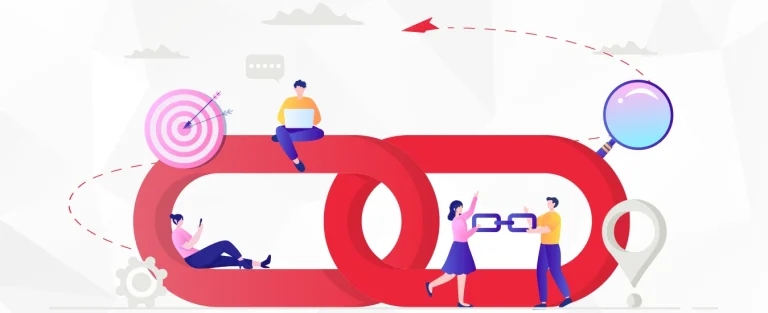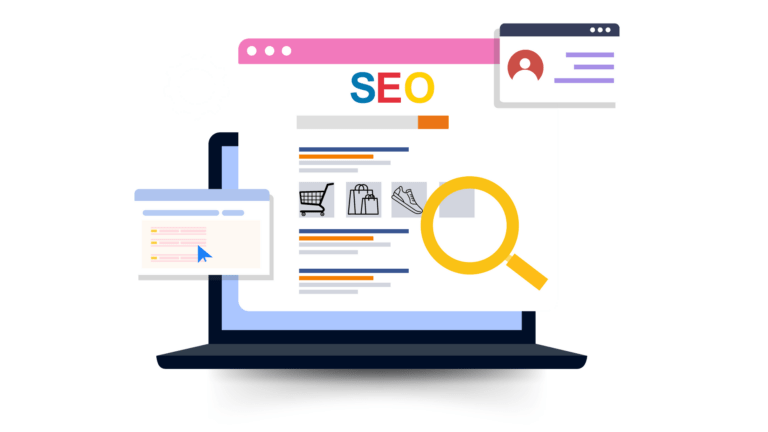The Ultimate Guide to Optimizing Product Pages for SEO
Product Page Optimization (PPO) is an SEO approach that focuses on optimizing your product pages to make them more attractive and engaging. As a result, it aims to drive more leads by pulling potential customers, thus generating more clicks and traffic. An optimized product page is one that search engine users can find easily, encouraging them to get converted into paying customers.
So, if you are looking for innovative ways to optimize your product pages for SEO, you are at the right place. In this guide, we have put up the most effective methods to optimize your digital marketing campaigns and product pages to ensure higher ranks in the SERPs. Read on to learn the different approaches to product page optimization, enabling you to monetize, manage, and promote your online content and products profitably.
Optimizing Your Product Pages for SEO
To develop a well-designed product page that is easy to navigate and optimized for SEO, let’s try to implement the following approaches in our product SEO techniques.
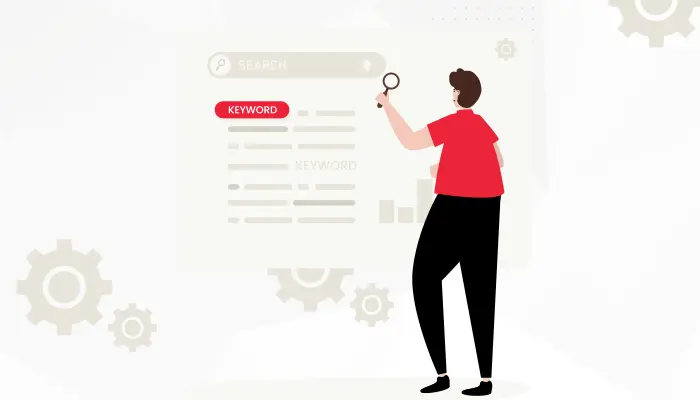
Keyword Research
Treat keyword research as the foundation for building an SEO-optimized product page. Conduct extensive keyword research by keeping product-focused topics and popular search terms in mind. Take good time in this step because the success of your eCommerce brand stands on how thoroughly researched and targeted your keywords are.
Fine-tune your keyword strategies by focusing on your target market’s buying behaviors and search patterns rather than simply relying on search volume. Make sure your keywords are relevant and have the potential to actually convert. Take the help of keyword research tools like KWFinder, AnswerThePublic, Ahrefs Keywords Explorer, Ubersuggest, and others, to improve outcomes and plan more effective tactics for SEO for eCommerce product pages.

Title Tags
Title tags are vital on-page elements that provide a context of the subject or topic of a particular page it is on. It is an HTML tag that is present in a web page’s head section. A title tag is also visible in other places of the on-page web content, such as image content, body copy, etc. While optimizing your title tags, keep the following in mind –
- The context of the concerned web page
- The searchers’ intent and the search terms they are using
- Create unique tags and avoid duplicating from other pages or domains
- The topic or subject matter of the page
- Avoid spammy-looking, clickbaity, or misleading title tags – come straight to the point even if you are being creative.

Meta Description
Meta descriptions and title tags go hand in hand, as both appear on the SERPs and influence the clicking decisions of searchers. A meta description enables search engine browsers and search engine bots to get an idea about what your page is all about. If you do your product page meta description optimization right, there are high chances your page will get more clicks.
Take care of the following aspects while optimizing both your title tags and meta descriptions.
- The eCommerce brand name, which includes your proprietary brand
- The product’s name and a brief about its features
- The model number of your item
- Other crucial product details, including dimensions, color, type, benefits, target users, etc.

Image Optimization
Images are major components of product pages as they can influence your visitors’ buying decisions. However, the page load speeds of a web page depend on images and other multimedia. In other words, large image files may tend to crash your page, ruining user experiences. To optimize your images, try to implement the following tricks –
- Resize your images and make sure they do not exceed 70 kb.
- Use the right image file types, such as JPEG, which is the frequently used format for eCommerce websites.
- Write proper image file names by describing it accurately. Rather than using ‘Image01’, use ‘Red-joggers-for-women’.
- Use relevant keywords in your alt text, which provides an alternative for web pages to replace the image in case it doesn’t load. Alt texts are also helpful for screen readers.
- Upload an image sitemap for web crawlers to increase the SEO-worthiness of your product pages.
Use High-Quality Video And Imagery
Image optimization is the key to improving your visitors’ navigation experiences, such as by reducing page load speeds and increasing the aesthetic appeal of your web pages. Similarly, focus on optimizing your video content and other media as well to boost load time. Because modern-day customers would hardly wait for minutes or even a few seconds till your page loads. The last thing you want is your potential customers landing on your competitor’s website!
While doing product page SEO, implement the following approaches to ensure faster page load speeds –
- Resize your images and videos (file size and image size are two different things)
- Optimize your image and video file names in terms of SEO
- Make images and videos mobile-friendly
- Focus on creating alt tags containing target keywords
- Use proper captions that include relevant keywords too
- Choose the right image or video formats that would comply with eCommerce SEO algorithms.
Avoid Duplicate Content at all Costs
Duplicate content leads nowhere, and it can cause more harm in the long run. To maintain your website health, always put efforts into creating unique content, be it your blog page, your web page content, your title tags and meta descriptions, or even your image alt tags. If you need to hire a dedicated content marketing team, do that to add more value to your eCommerce portal.
The following tips will help you create unique and engaging content that will influence your customers’ buying decisions positively.
- Write catchy titles
- Focus on using target keywords that have the potential to convert
- Use small and easy-to-read paragraphs
- Create SEO-friendly URLs
- Add relevant links to your anchor texts to add value to the information you are providing.
So, create unique content that your target audience will find engaging and keep your eCommerce website in the good books of search engines.
Final Words
Wrapping up, we hope the above eCommerce SEO checklist for optimizing your web pages will help you make more effective online marketing strategies. Though it might seem like a lot of work, it’s worth it in the end. You will notice positive outcomes in terms of higher conversions and ROI. Without a second thought, jump right in and get your product page SEO strategies right!
FAQs
Q. 1. How can I improve my product pages?
Effective product pages should be able to convey the appeal and value proposition of a particular product. By strategizing SEO for eCommerce product pages, you are showing your customers what your products or services look like. To make your potential buyers think they need to own your products, follow these tips –
- Use premium-quality product images that look appealing, increasing their selling potential.
- Share customer reviews, ratings, and testimonials on your product pages to increase your brand’s credibility.
- Try adding more than one image for each product to help visitors understand what the product is like.
- Include targeted keywords in your product pages in whatever content you are creating, such as product descriptions, title tags, meta descriptions, alt tags, etc.
- Space your images or other media sparingly to ensure your product pages are not cluttered. Focus on the page’s aesthetics and visual appearance.
Q. 2. Can we automate our product page optimization?
No, try to stay away from automation! Applying human intelligence is always preferred while doing product SEO for your eCommerce website. Automated tools generally don’t produce the desired results, as they may populate your product pages with product names and brand names, even in your title tags. You need to create some informative content, such as writing appealing product descriptions that sell.
Ensure that all title tags, meta descriptions, product descriptions, and alt tags are unique and informative. Besides, automation is not the best practice in the eyes of Google or other search engines. Changing a few variables and uploading automatically generated product descriptions would negatively affect your SERP ranks and CTR.
